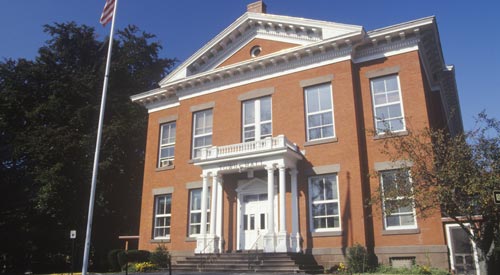Mind the Data Gap
Data-Smart City Solutions: Managing London’s transport infrastructure is no easy task, but a successful city requires well-run transportation. Each day, residents take 24 million journeys on underground trains and six million commuters ride one of 8,500 buses. Waterloo station alone serves 100 million passengers each year. With a population projected to rise by 2.35 million between 2014 and 2041, London, like many other cities worldwide, must expand capacity to meet the burgeoning demand.
The transportation that powers the city depends on back-office data on journey planning, status, disruption, construction, timetables, embarkation points, routes, lines, and fares. The huge demands placed on services and infrastructure requires holistic thinking about the network. The complex system comprises underground trains, aboveground trains, buses, bikes, boats, and even a gondola. Transport for London (TfL), the agency responsible for all public transit in London, is demonstrating how cities can use data to optimize their transport systems, making travel smarter and more efficient in an effort to improve the quality of service delivered to Londoners.
Share
Top Stories
- Future-proofing smart cities with open standards
- 5 States Challenged the Federal Contractor Wage Increase and Lost
- States should follow feds in Chinese tech bans
- A new initiative seeks to help small cities access infrastructure funding
- Governments view open source as critical for enhancing digital services, experts say
- More States Move to Ban TikTok from Government Devices
- Cyber, digital services, workforce primary focus for state CIOs in 2023
- Virginia has a data center problem
- Efficient public safety demands evolving tech
- Digitized services drive citizen satisfaction
- State chief information officers are handling much more than just tech
- States target mainframes in legacy system modernization
- How one city’s IT team keeps up with rapid growth
- How one agency’s cloud migration smoothed the path for others
- NASCIO: States must ‘hyper-focus’ on IT modernization
- Louisiana Becomes First State to Receive Internet for All Grants
i360Gov Newsletters
The most significant government policy, business, and technology news and analysis delivered to your inbox.
Subscribe NowTrending
- Mayor launches IT modernization to boost services delivery
- Local government on the edge: The future of IT infrastructure
- Digitized services drive citizen satisfaction
- Why cities and towns see a huge economic opportunity in the semiconductor bill
- New York state pumps the brakes on crypto mining
- The best offense is a strong defense: Improve cloud security with visibility and zero trust segmentation
- How state and local leaders can use data to ensure broadband access for all
- Over $105 Million Going to Better Internet for Native American Communities


















